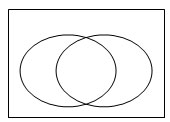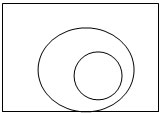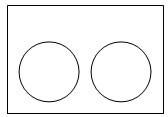| Social Studies – Grade 9 | Close this window |
 |
Organizing Economies to Benefit All Citizens (OCI) > Government Intervention in the Economy... (CC) |
  |
What's this? |
Government Intervention in the Economy: How Far Should It Go?
- Determine the significant differences between political parties in Canada and the United States.
- Design an effective advertisement for a political party that reflects its position on an environmental issue.
|
||||||||||||||||||
 |
||||||||||||||||||
Suggested ActivitiesStudents consider the extent to which government intervention in the economy contributes to improving the quality of life for Canadians and Americans. They consider the similarities and differences in the roles played by the two governments in the economy. Finally, students create a powerful philosophical statement for each political party in both the Canadian and American political arenas and develop an effective advertisement by a political party on an environmental issue. A. Determine the significant differences between political parties in Canada and the United States.
Invite students to share their views on the importance of Canadians taking part in the democratic process. Then ask, "Is it better to be an uninformed voter or someone who does not vote at all?" After allowing for some discussion, inform students that this challenge will help them uncover the broad philosophical underpinnings of the major political parties in Canada and the United States so that they can understand how the parties approach issues. Tell students the philosophical views will be applied to an environmental issue. Uncover the range of views of major political parties You may also wish to explore the platforms of the New Democratic, Bloc Québéçois and Green parties. To research these issues, students may refer to basic authorized student resources or other references. Use Venn diagrams to organize information The categories political, social, economic and environmental would be a useful way to categorize information about how each political party intervenes in the economy. After students have gathered and sorted information, ask them to compare the similarities and differences in the political platforms on how governments should intervene in the economy. Include social programs, specific taxes and taxation model to address the specific outcome 9.2.6 bullet 2. Students should choose the Venn diagram that best reflects the relationships between the parties:
For more information, see Venn Diagrams (Support Material). Use a continuum to show relationships of political parties Engage students in a whole-class discussion as to where these parties might fit and why. A consensus is needed from the group. Students should be encouraged to understand that parties do not stay stagnant over time but can change. Assign political parties Explore criteria for a powerful philosophical statement
Suggest students select up to three criteria that they think are important in recognizing a powerful statement, such as the following:
Create a powerful philosophical statement B. Design an effective advertisement for a political party that reflects its position on an environmental issue.
Introduce an effective advertisement Invite students to examine media messages—television, Internet, radio, print—to identify techniques used in effective advertisements. Aspects examined should include:
Create an effective advertisement (Summative assessment)
The advertisement should take into consideration the potential impact of the environmental issue on quality of life for Canadians. Share advertisements |
||||||||||||||||||
 |






